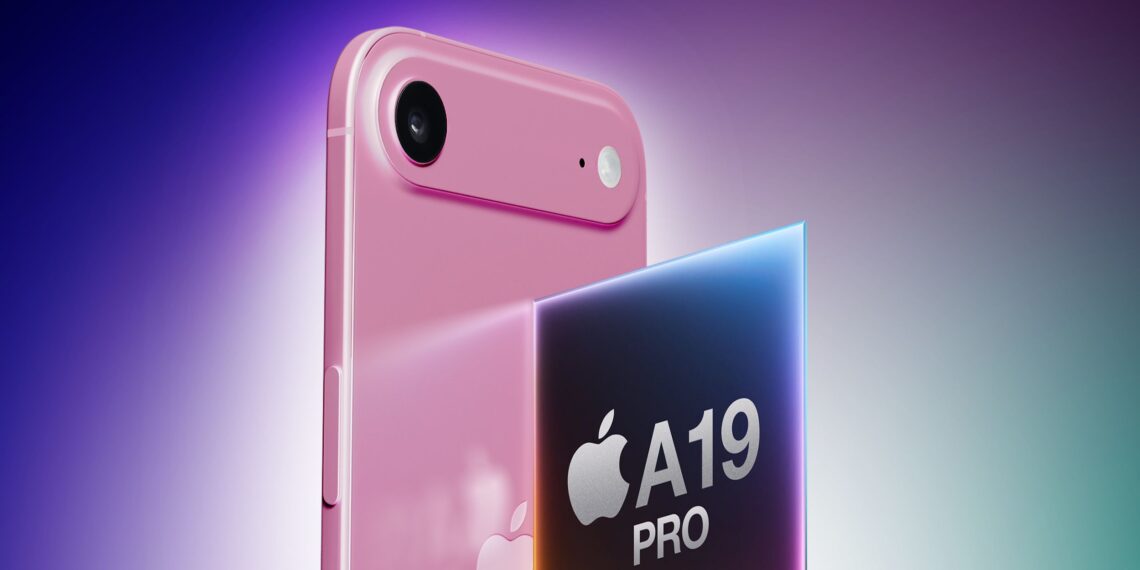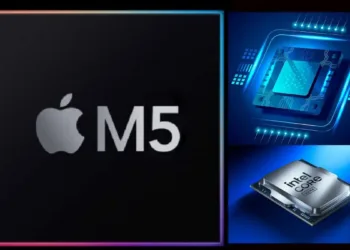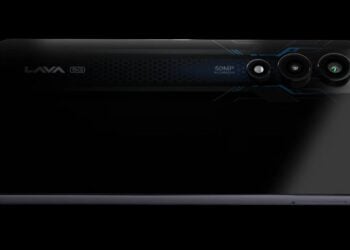Apple’s iPhone 17 Air will feature a binned A19 Pro chip with reduced GPU cores, according to new leaks. While maintaining strong CPU performance, the ultra-thin device trades graphics power for its sleek design, potentially affecting gaming frame rates and thermal management.
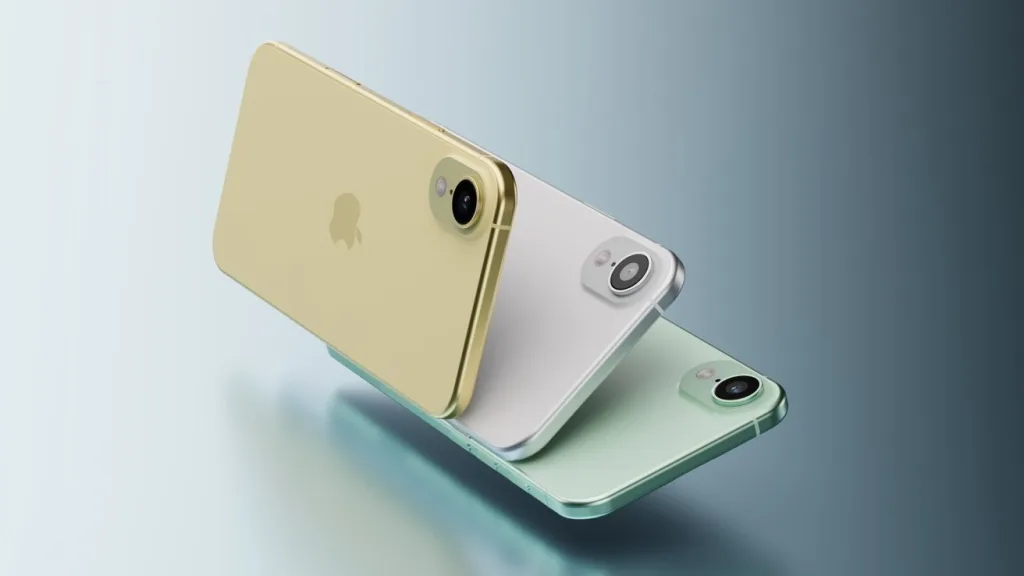
Table of Contents
iPhone 17 Air vs iPhone 17 Pro: Performance Comparison
| Feature | iPhone 17 Air | iPhone 17 Pro |
|---|---|---|
| Processor | Binned A19 Pro | Full A19 Pro |
| GPU Cores | 5-core (reduced) | 6-core (standard) |
| CPU Performance | Same as Pro | Full performance |
| Gaming Impact | Slightly lower frame rates | Optimal gaming experience |
| Thermal Management | Limited (thin chassis) | Better (thicker design) |
| Camera Setup | Single rear camera | Triple-lens Pro system |
| Special Features | Ultra-thin design | ProMotion, mmWave 5G |
What “Binned” A19 Pro Means
According to Fixed Focus Digital on Weibo, the iPhone 17 Air uses a binned A19 Pro chip – hardware that “barely missed perfection but can still be used in a lighter, more affordable variant.”
This means:
- Same CPU performance as iPhone 17 Pro models
- One fewer GPU core (5 vs 6) for graphics processing
- Cost-effective utilization of chips that don’t meet Pro standards
- Strategic positioning between standard and Pro models
The binning process allows Apple to maximize chip yields while creating performance tiers.
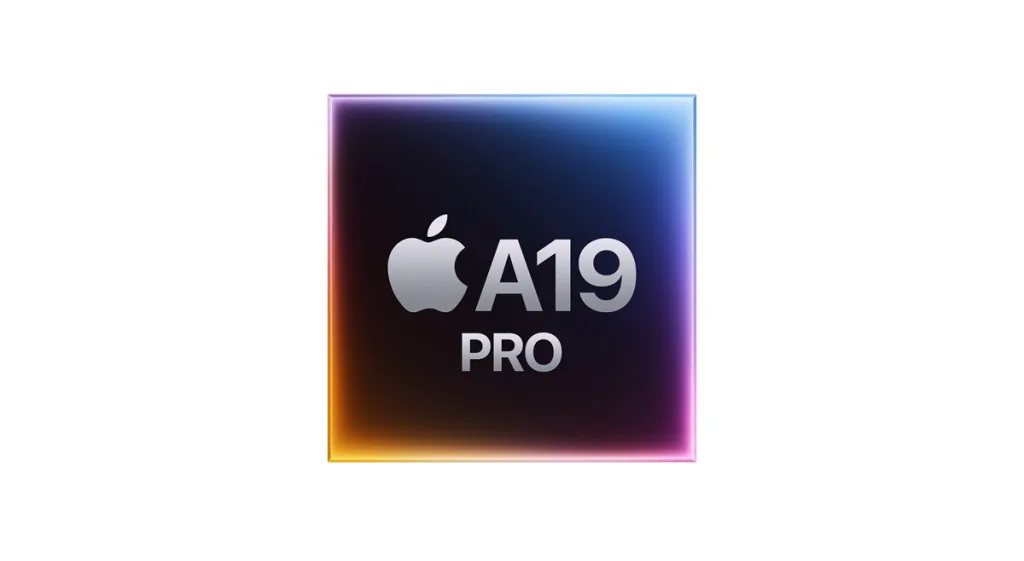
Gaming and Graphics Impact
The reduced GPU configuration could affect:
- AAA gaming frame rates – slightly lower performance in demanding games
- Video editing workflows – minor impact on intensive graphics tasks
- Thermal throttling – ultra-thin design may cause heat-related slowdowns
- Sustained performance – thicker Pro models maintain performance longer
For casual users, the difference may be negligible, but power users might notice the gap.
Design Trade-offs for Ultra-Thin Profile
The iPhone 17 Air’s pursuit of extreme thinness comes with significant compromises:
- Single rear camera – no triple-lens Pro system
- No ProMotion display – standard refresh rates
- Missing mmWave 5G – limited connectivity options
- Single speaker – no stereo audio setup
- Poor thermal management – heat dissipation challenges
Market Positioning Strategy
Apple positions the iPhone 17 Air between standard and Pro models, offering:
- Premium chip architecture with strategic limitations
- Ultra-portable design for style-conscious users
- Pro-level CPU performance for daily tasks
- Acceptable graphics for most use cases
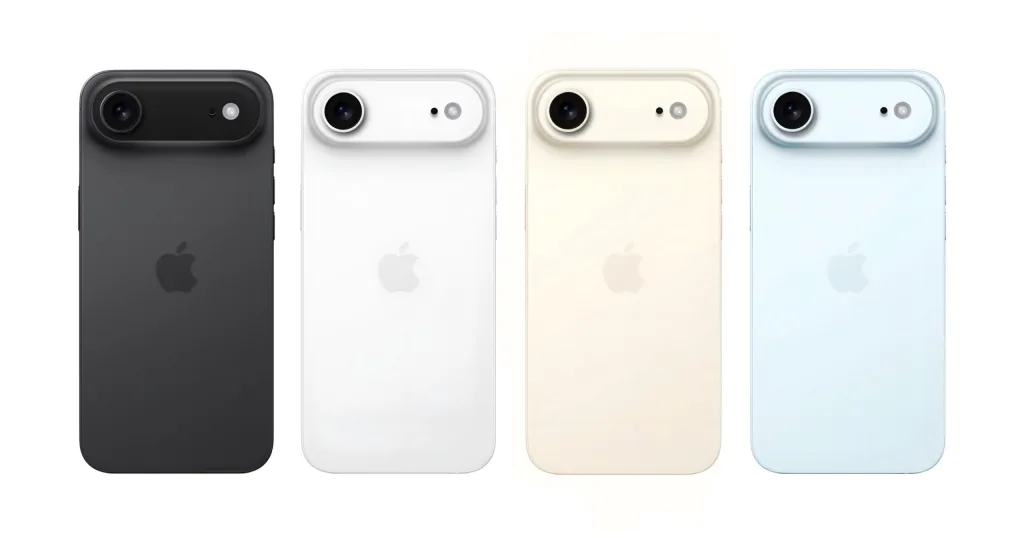
For consumers tracking iPhone innovations, the Air represents Apple’s engineering balance between form and function.
The device targets users prioritizing portability over maximum performance, similar to the MacBook Air philosophy.
Expected Launch Timeline
With iPhone 17 series expected in September 2025, the Air model could redefine Apple’s lineup structure, potentially replacing the Plus variant with this ultra-thin option.
FAQs
How does iPhone 17 Air’s binned A19 Pro affect gaming performance?
5-core GPU vs 6-core Pro version may reduce frame rates in demanding games.
What features does iPhone 17 Air lose for its thin design?
Single camera, no ProMotion, mmWave 5G, stereo speakers, and thermal management.

